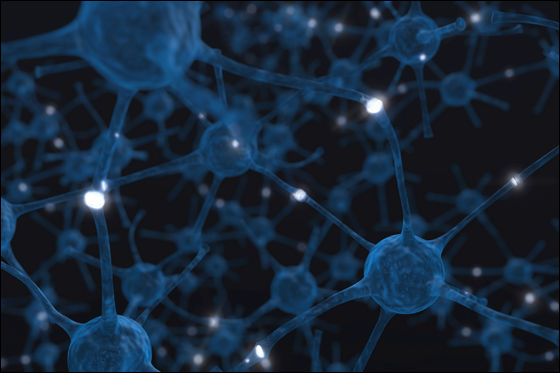What is an "endogenous retrovirus" that becomes part of the genome and activates the human brain?

ByMichael
According to the latest research done at Lund University in Sweden, the virus has played an important role over the past millions of years on the complex network "human brain". Among them, attention is gaining attention among exotic "Retrovirus"Enters the genome of human germ cells and becomes inherited as a part of the genome of the line"Endogenous retrovirus"is. Although this virus exists in the human genome, this means that it constitutes about 5% of DNA.
Do viruses make us smarter? | Lund University
http://www.lunduniversity.lu.se/article/do-viruses-make-us-smarter

There are two types of retroviruses, exogenous and endogenous, and exogenous retroviruses are members of viruses that use RNA as a gene. When infected with living creatures, they transcribe their own RNA sequence in the host cell and synthesize DNA Then proliferate. For famous ones, HIV is a retrovirus. In the past, an infectious retrovirus infected and finally entered the germ cell and became part of the host's genome is an endogenous retrovirus, so that an endogenous retrovirus that can keep 5% of human beings unnecessary It was thought that it was "Junk DNA". This is because "endogenous retroviruses were thought to be garbage that was produced in the process of human evolution, and not in use". However, according to the latest research by Johann Jacobson and others who led the molecular neurogenesis team of Lund University, the endogenous retroviruses play a central role in the basic function of the brain and " It turned out that it was also in charge of coordinator such as "Do you do?"
The reason that viruses are activated especially in the brain is thought to be because neurons can not develop tumors unlike other tissues.

ByBirth Into Being
"As a result of observation of endogenous retroviruses, we found that these viruses are particularly activated in brain cells and play an important role: to explore the important role played by endogenous retroviruses "It is also possible to explain why brain cells are particularly active and have a wide range of functions," said Jacobson who is the leader of the research team.
The paper states that neural stem cells control the activation process of endogenous retroviruses by special molecular mechanisms. At the same time, these findings have led to the possibility of creating new approaches to genetic factors related to brain diseases.
"When we explore the genetic factors of various diseases, in most cases we will investigate from genetic areas that we are familiar with, but currently we can investigate only about 2% of human genes However, with the result of this research, we noticed that we should also investigate many of the genetic material that we have not considered as important.The image of the brain becomes more complicated than before , You may be able to proceed with more detailed research on diseases associated with genetic material such as neurodegenerative diseases and psychosis, brain tumors, "Jacobson said.
Related Posts:
in Science, Posted by logu_ii







